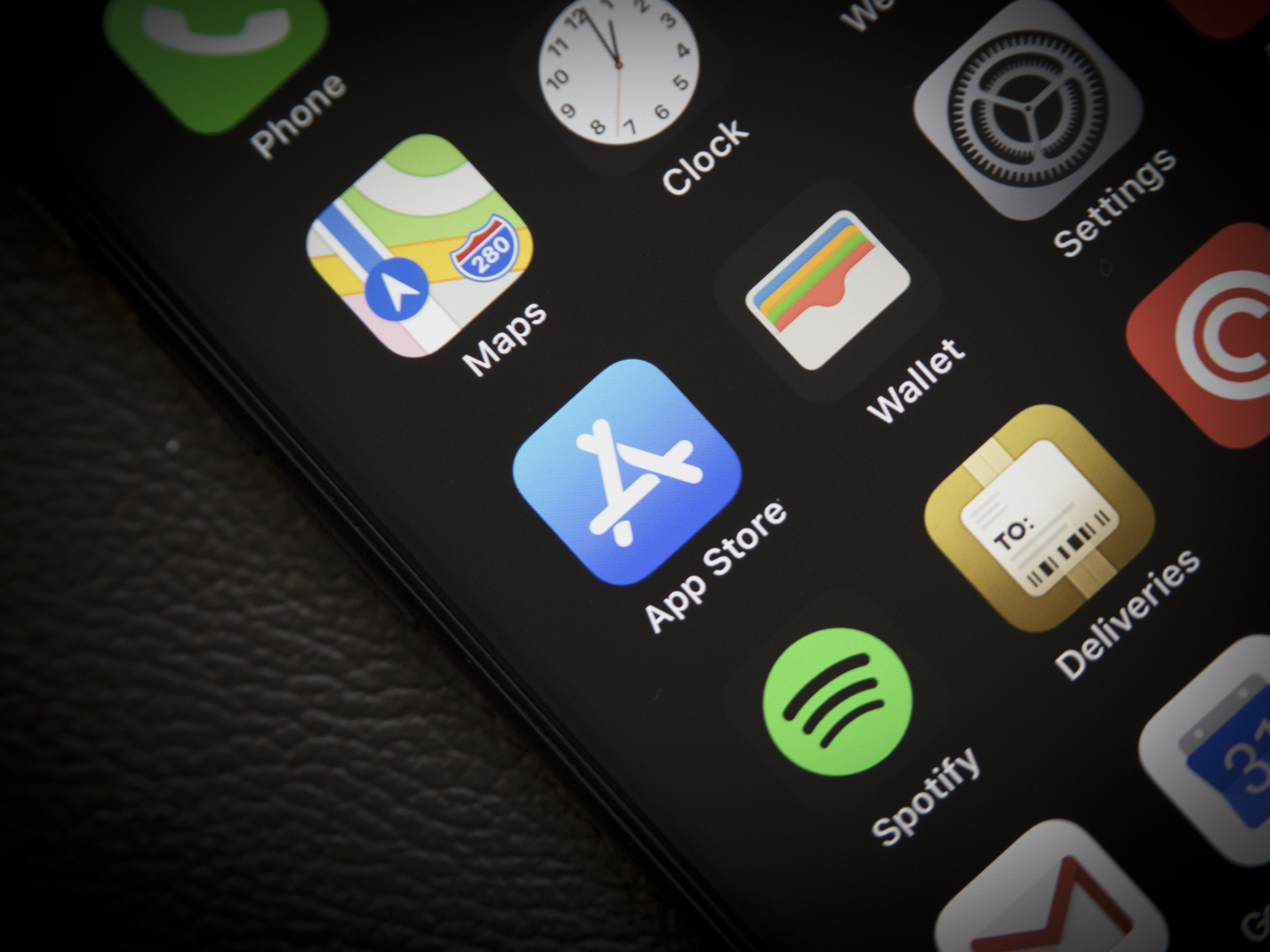Google Sign-In manages the OAuth 2.0 flow and token lifecycle,simplifying your integration with Google APIs. A user always has the option torevoke access to anapplication at any time.
- Logout Of Google App On Mac Pc
- Google App Download On Computer
- Logout Of Google App On Mac Download
- Mail App Logout
This document describes how to complete a basic Google Sign-In integration.
Search the world's information, including webpages, images, videos and more. Google has many special features to help you find exactly what you're looking for. On your Mac, do any of the following: Choose Apple menu Sleep. Press and hold the power button until you see the restart, sleep, or shut down dialog, then click Sleep, or press S (or use the Touch Bar). To put a portable Mac to sleep, just close the display. To wake your Mac, press the Space bar, click the mouse or trackpad, or open the display.
Create authorization credentials
Any application that uses OAuth 2.0 to access Google APIs must have authorization credentialsthat identify the application to Google's OAuth 2.0 server. The following steps explain how tocreate credentials for your project. Your applications can then use the credentials to access APIsthat you have enabled for that project.
- Go to the Credentials page.
- Click Create credentials > OAuth client ID.
- Select the Web application application type.
- Name your OAuth 2.0 client and click Create
After configuration is complete, take note of the client ID that was created.You will need the client ID to complete the next steps. (A client secret is alsocreated, but you need it only for server-side operations.)
Load the Google Platform Library
You must include the Google Platform Library on your web pages that integrateGoogle Sign-In.
Specify your app's client ID
Specify the client ID you created for your app in the Google Developers Consolewith the google-signin-client_id meta element.
client_id parameterof thegapi.auth2.init()method.Add a Google Sign-In button
The easiest way to add a Google Sign-In button to your site is to use anautomatically rendered sign-in button. With only a few lines of code, you canadd a button that automatically configures itself to have the appropriate text,logo, and colors for the sign-in state of the user and the scopes you request.
Logout Of Google App On Mac Pc
To create a Google Sign-In button that uses the default settings, add a divelement with the class g-signin2 to your sign-in page:
The following is an example of the default Google Sign-In button:
Get profile information
After you have signed in a user with Google using the default scopes, you canaccess the user's Google ID, name, profile URL, and email address.
To retrieve profile information for a user, use thegetBasicProfile()method.
Google App Download On Computer
Note: By default, the fetch_basic_profile parameter ofgapi.auth2.init() is set totrue, which will automatically add 'email profile openid' as scope.Important: Do not use the Google IDs returned by getId() or the user'sprofile information to communicate the currently signed in user to your backend server.Instead, send ID tokens, which can be securely validatedon the server.
Logout Of Google App On Mac Download
Sign out a user
You can enable users to sign out of your app without signing out of Google byadding a sign-out button or link to your site. To create a sign-out link, attacha function that calls theGoogleAuth.signOut()method to the link's onclick event.
The Mail app doesn't really have the concept of logging in and out - you can only remove your account's password from Settings > Mail, Contacts, Calendars, but that will only stop it downloading any new email, any email that has already been downloaded will be accessible within the app. If you want your email on the iPad to require a password to access it then you could either have a look in the store for a third-party email app, or just access your email via Safari (you can create a homescreen shortcut for your account's login page).
Mail App Logout
Jun 4, 2012 7:11 AM